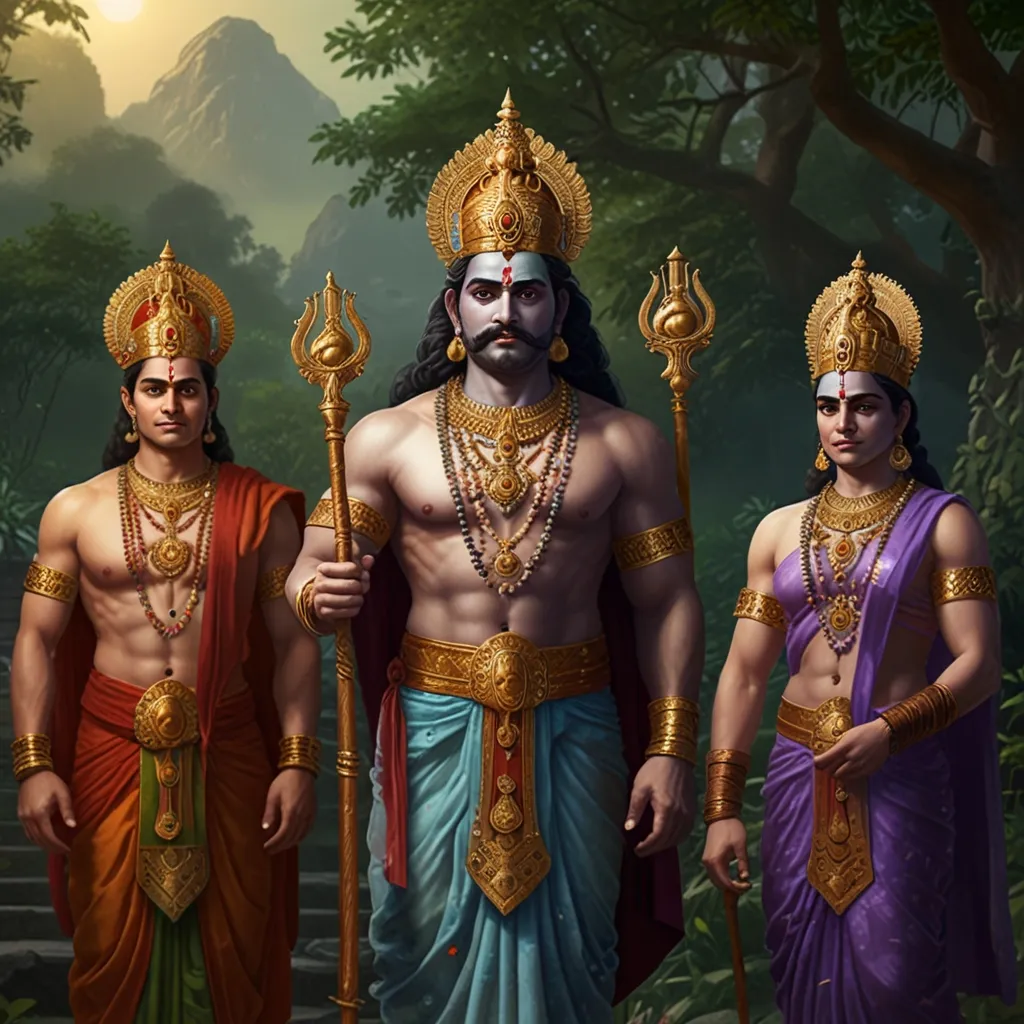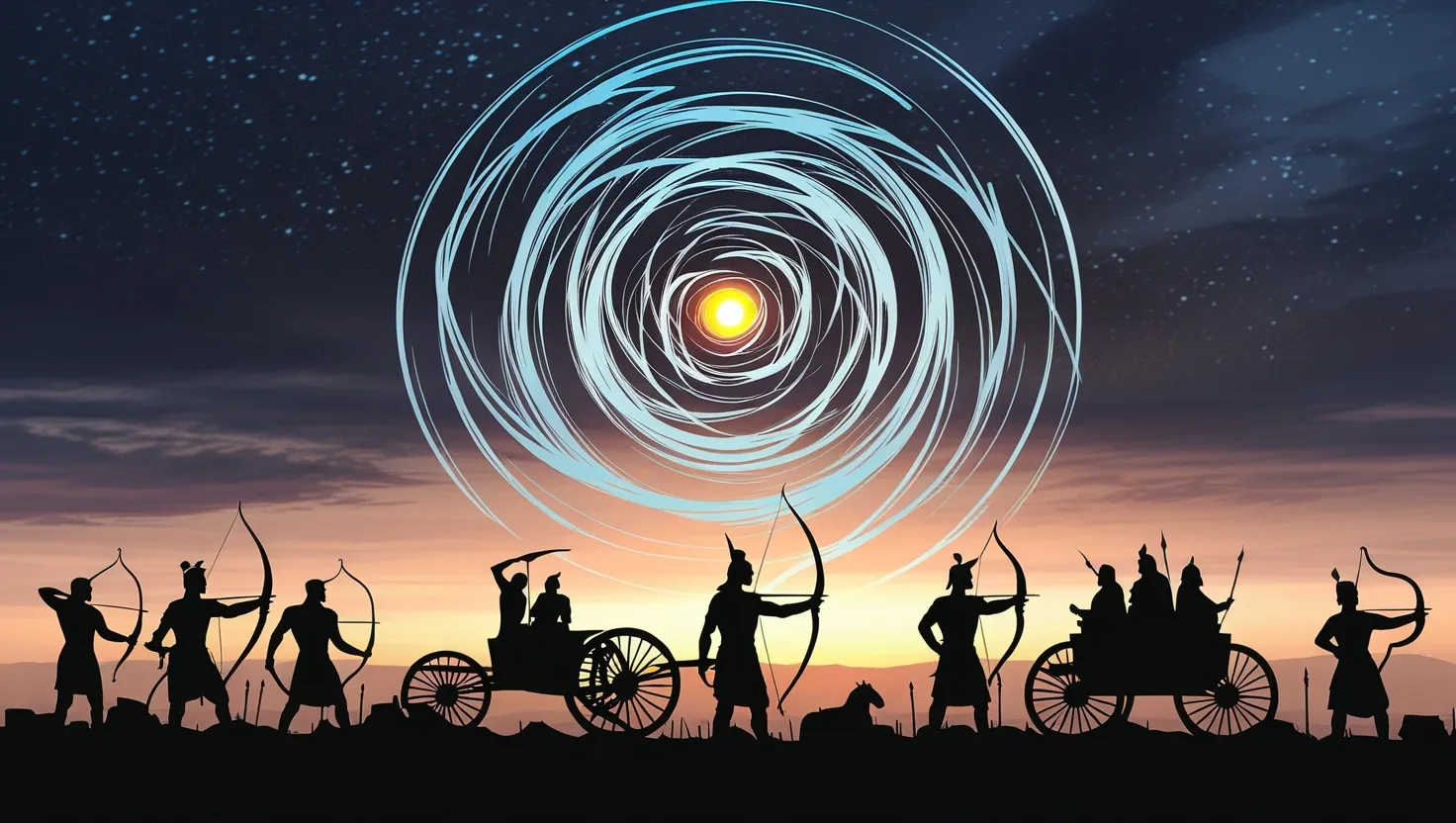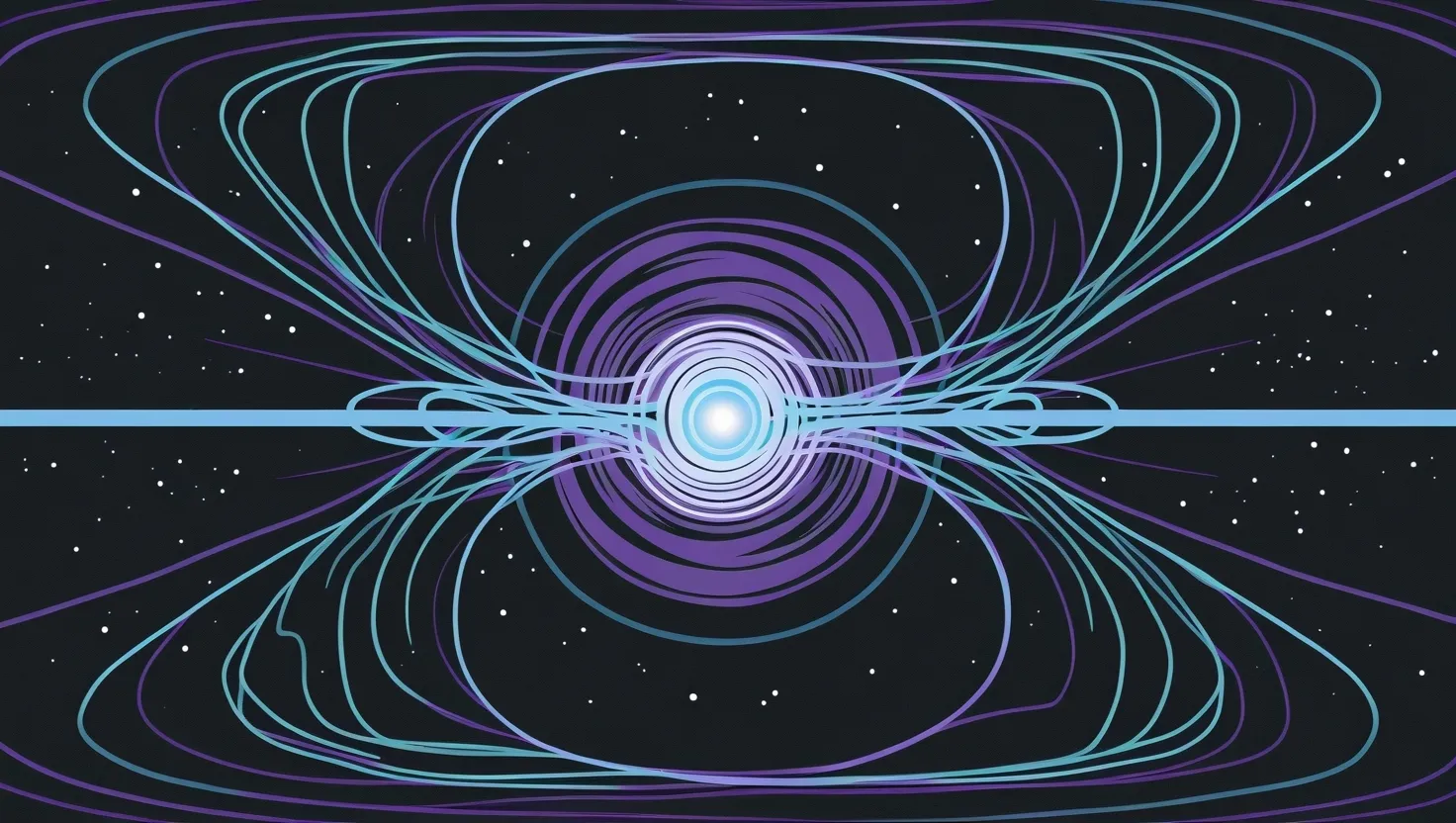Once upon a time, in the ancient city of Ayodhya, there was a king named Sagara. He was a mighty and fair ruler, adored by his people. Sagara had two wives, Sumati and Keshini. Sumati was the sister of the mythical bird Garuda, and Keshini was known for her virtue. Despite their many efforts, the king and his wives had no children for a very long time.
Determined to have children, King Sagara decided to undertake severe austerities. He and his wives trekked to the Himalayas and began intense penances at the Bhṛguprasravaṇa mountain. After a hundred years of extreme dedication, the sage Bhrigu appeared. He blessed Sagara, predicting that one of his wives would have 60,000 sons and the other would give birth to a single son who would bring glory to the dynasty. Sumati chose to bear the 60,000 sons, while Keshini chose the single son.
Sumati’s childbirth was unusual. She gave birth to a lump of flesh, which Shiva then divided into 60,000 pieces. Each piece was placed in a vessel filled with clarified butter, and from these vessels, 60,000 powerful sons were eventually born. Keshini gave birth to one son named Asamanjas, who turned out to be a wicked prince, unlike his own virtuous son, Anshuman, who became beloved by the people.
Looking to establish his authority over the earth, King Sagara decided to perform the Ashvamedha Yagna—a grand horse sacrifice. However, Indra, the king of the gods, felt threatened by Sagara’s rising power and stole the sacrificial horse. Indra hid the horse in the netherworld, near the ashram of Sage Kapila.
When the king discovered that the horse was missing, he sent his 60,000 sons to find it. In their quest, they ravaged the earth, creating chaos and finally discovering the horse in the netherworld. They dug a huge tunnel and reached Sage Kapila’s ashram. Mistakenly assuming the sage had stolen the horse, they rushed at him. In his anger, the sage turned all 60,000 princes to ashes with just a glance.
When the princes didn’t return, King Sagara sent his grandson Anshuman to track them down. Anshuman followed the trail of destruction his uncles had created and eventually found the tunnel. He reached the ashram, apologized to the sage for his uncles’ behavior, and was allowed to take the horse. Noticing Anshuman’s distress about his uncles’ fate, the sage advised him to bring the Ganga river down to earth. He explained that the river’s waters would cleanse their sins, allowing them to ascend to heaven.
Anshuman returned to his grandfather with the horse, and after Sagara completed the sacrifice, he crowned Anshuman as king and retired to the forest. Despite Anshuman’s efforts, he could not bring the Ganga river down to earth. His son Dilipa tried as well but was unsuccessful. Finally, Dilipa’s son Bhagiratha took up the task with a steely resolve. He entrusted the kingdom to his ministers and went to the forests to perform intense austerities to bring the Ganga river to earth.
Bhagiratha prayed tirelessly to Lord Brahma, who eventually consented to let Ganga descend to earth. But there was a hitch—the force of Ganga’s descent could flood the earth. So, Bhagiratha prayed to Lord Shiva to help break her fall.
When Ganga started her descent, Shiva caught her in his matted locks and released only a gentle trickle. As the river followed Bhagiratha, she unfortunately destroyed the ashram of Sage Jahnu along the way. Furious, the sage swallowed Ganga. However, Bhagiratha pacified him, and Jahnu ultimately released the river, earning Ganga the name Jahnavi after him.
Bhagiratha led Ganga to Sage Kapila’s ashram where the ashes of his ancestors lay. When Ganga’s waters flowed over the ashes, the souls of the 60,000 princes were redeemed. This monumental feat renamed the Ganga river to Bhagirathi in honor of Bhagiratha’s perseverance.
The tale of King Sagara and his descendants is one of sacrifice and redemption. It shows the power of perseverance and faith in overcoming obstacles and achieving spiritual liberation. The descent of Ganga to earth stands as a testament to devotion and underscores the belief that good eventually triumphs over evil.
This story resonates deeply with themes of tenacity, righteous actions, and the transformative power of genuine effort. Bhagiratha’s unwavering dedication serves as an inspiration, illustrating that ultimate success may take generations but is always within reach for those who remain steadfast in their quest. The teachings embedded in this ancient narrative impart essential life lessons, reminding us that while the path may be fraught with challenges, persistence and faith can lead us to remarkable accomplishments.






